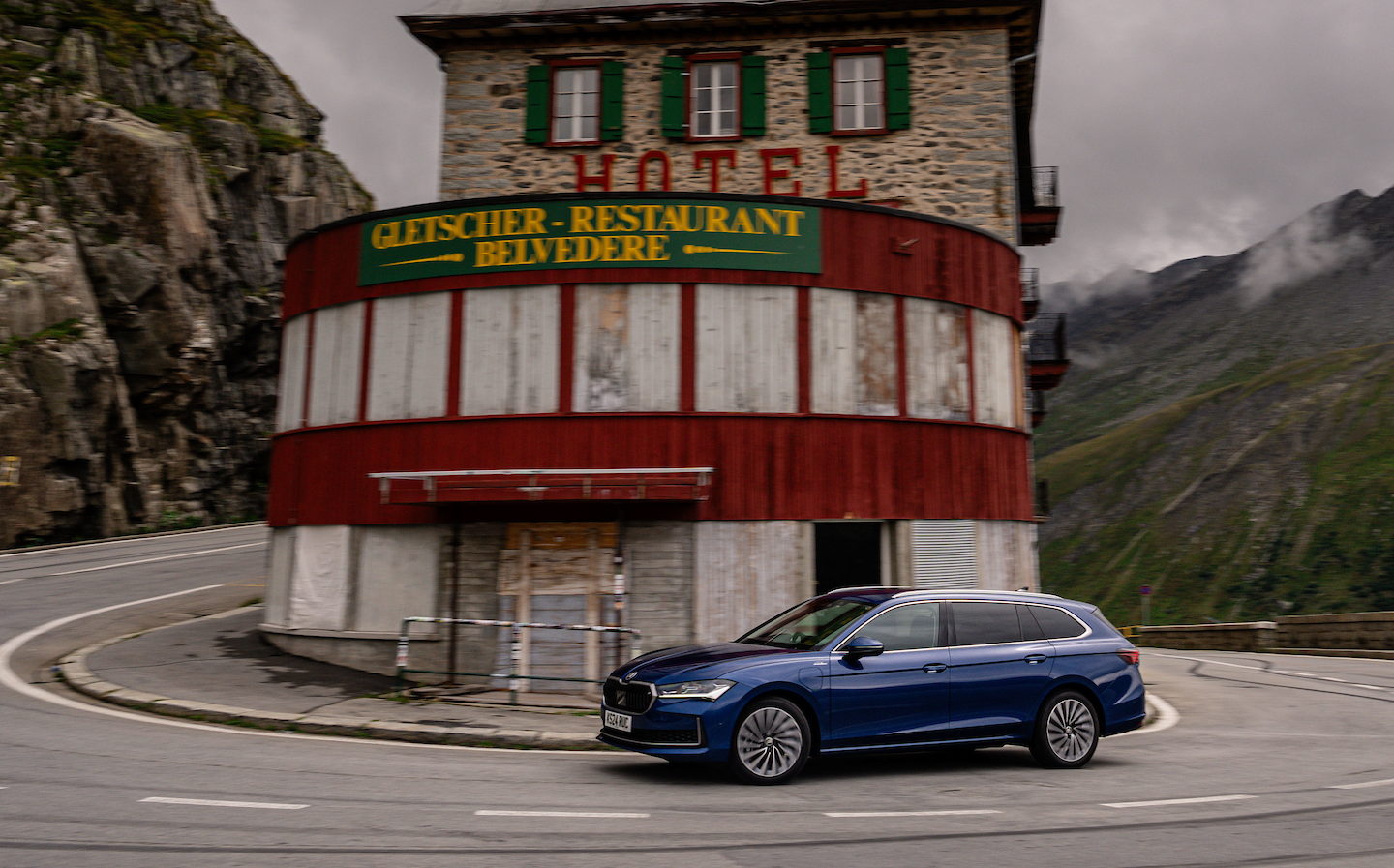Skoda Superb iV estate 2024 review: Byron would have been amazed by this plush plug-in load lugger
She walks in beauty
Byron. Shelley. Keats. A Skoda Superb iV Estate plug-in hybrid. What do these have in common? Well, three of them are obviously some of the most fabled romantic poets of antiquity, while the fourth is a large, commodious wagon from Czechia.
Perhaps more pertinently, all four of them have done the Grand Tour — no, not the TV programme with Clarkson, Hammond and May, but the proper grand tour: when the great and good (or not so good, in the case of Byron, who was once famously described as “mad, bad and dangerous to know” by novelist Lady Caroline Lamb) used to travel across Europe in the 18th and 19th centuries, enjoying some of the continent’s finest sights and cultures.
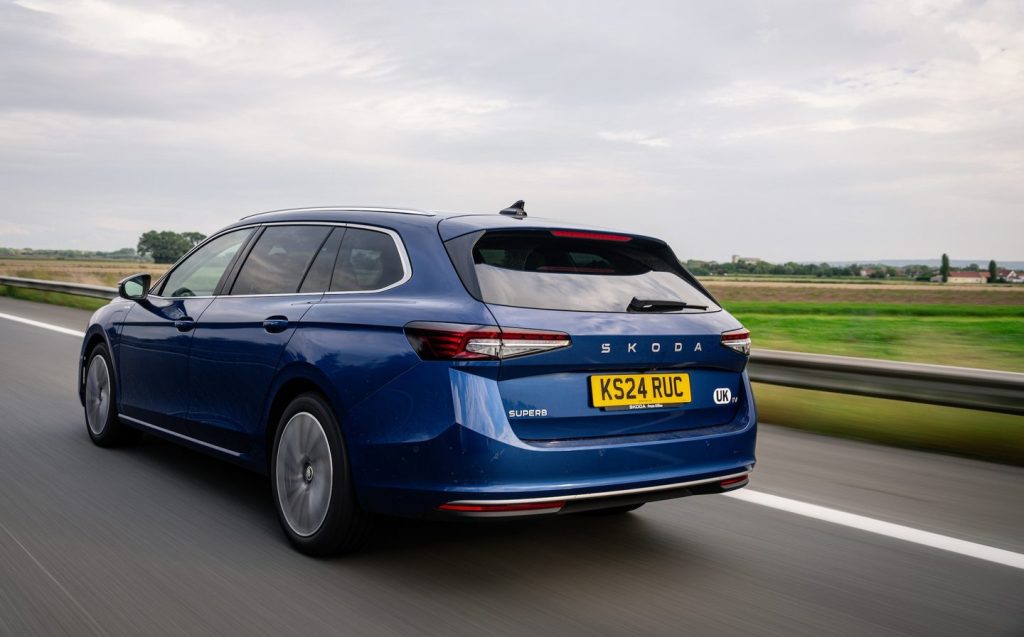
Skoda’s PR team felt a modern-day grand tour would be a good way of showing off the extended electric driving capabilities of the latest Superb iV, which has a larger battery in the latest-generation car; with an energy capacity of 25.7kWh it’s almost double that of the old car’s 13kWh unit.
That, reckons Skoda, results in up to 84 miles of electric-only driving, which is considerably more than double the 35 miles of the old model.
So, to evaluate this assertion of greater saintly driving distance properly, a couple of motoring media types were invited to drive a two examples of the new Superb iV — only available in the handsome and practical bodystyle — from the UK down to Milan, with another pair piloting the cars back. I was one of the latter group.
This meant travelling from my home in Nottinghamshire, not far from Byron’s ancestral pad of Newstead Abbey, via the means of the East Coast Main Line, the Underground, the Heathrow Express and then an Airbus A320 to Milan.
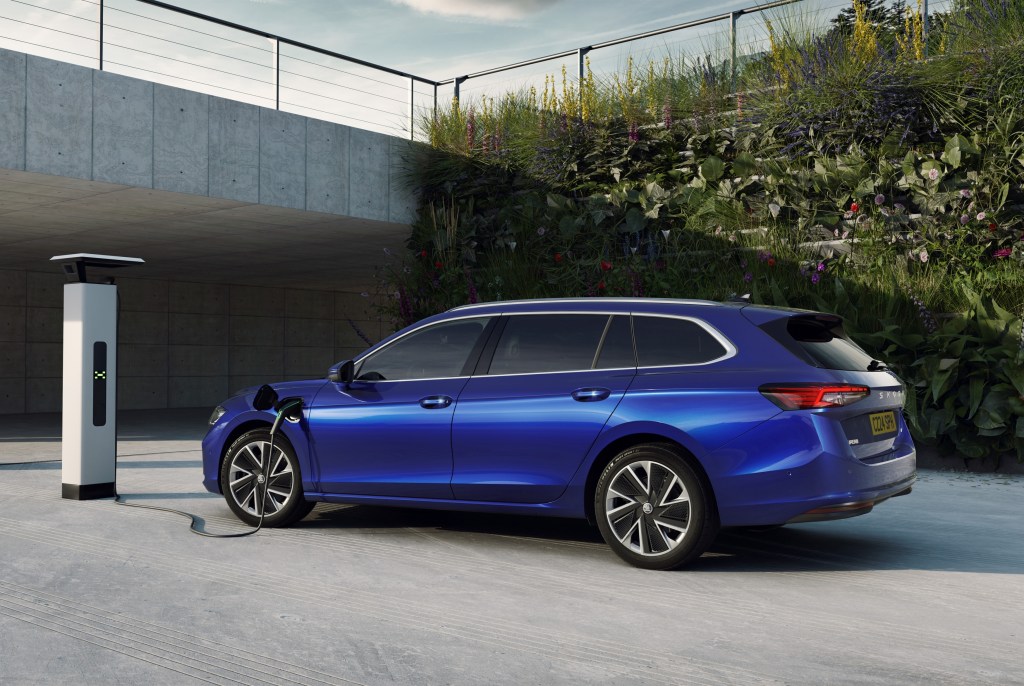
All told, it took me about nine hours to get from home to the hotel in Italy — considerably shorter than the arduous trek Bryon and company would have had more than 200 years ago. Even in favourable conditions, it could take four hours just to sail from Dover to Calais back then, and sometimes several days if the wind was blowing in the wrong direction.
The morning of departure from Milan dawned with truly biblical rain. This didn’t give me much time to visually assess the exterior of the new Superb iV, because standing outside for any length of time resulted in a thorough soaking. Even with the Superb’s neat hidden umbrella in the front door — one of Skoda’s “Simply Clever” touches — such was the rain’s ferocity that climbing inside was a priority.
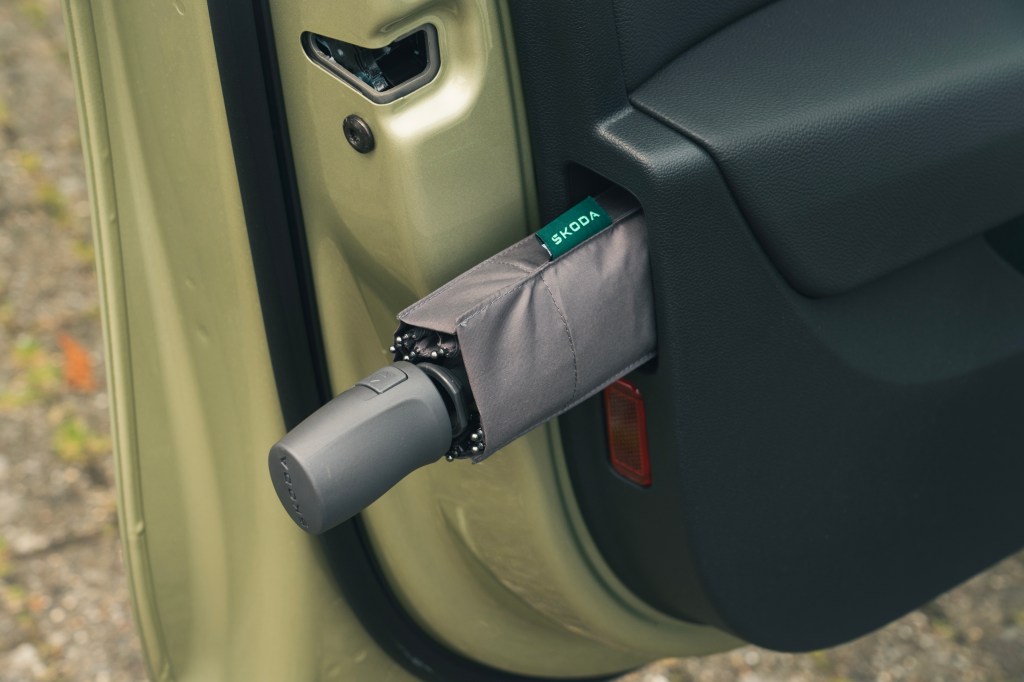
I had been handed the keys to a top-spec Laurin & Klement (L&K) model in attractive Cobalt Blue, and as far as I can tell the only differences between this plug-in hybrid (phev), and the petrol and diesel Superb Estates is a small ‘iV’ badge on the boot lid and the charging flap on the front wing for the electric part of the Skoda’s drivetrain.
Useful fact here: the new Superb iV has a proper DC rapid charging (CCS Combo 2) connection and that means the battery can be topped up from 10 to 80 per cent in as little as 26 minutes, allowing electric assistance more regularly than if you had to rely solely on charging it up on AC at home. Still, on a long run such as my grand tour, I’d be relying heavily on the petrol engine.
Inside, some additional hybrid-related screens and controls mark out the digital displays of the Skoda’s interface, but in essence the iV has the same beautifully appointed and simply vast interior as any other Superb.
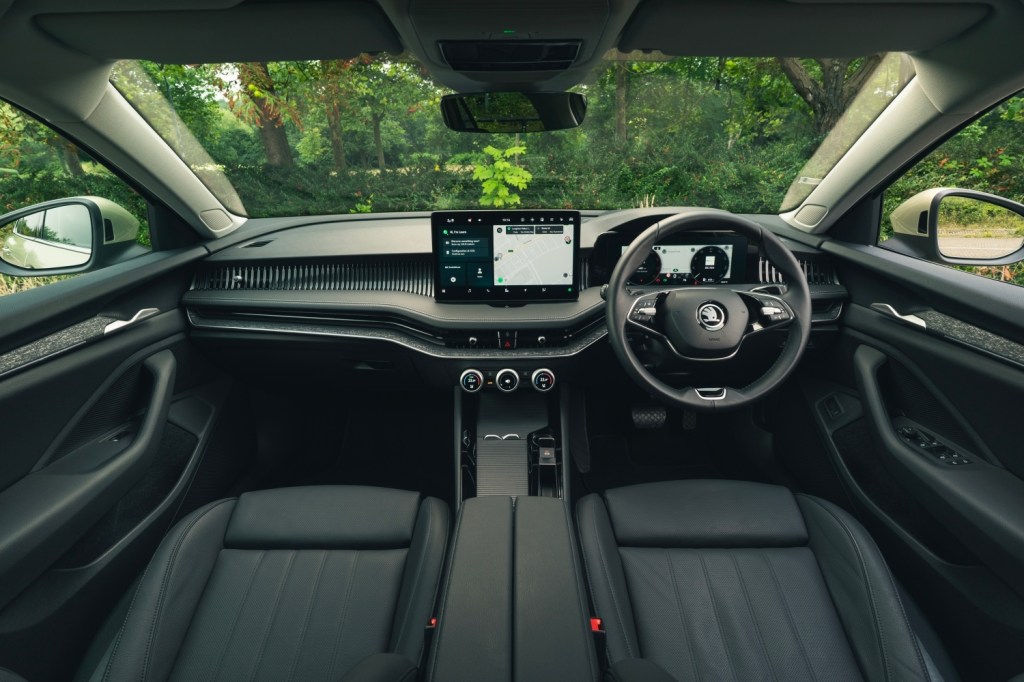
As an L&K, it has all the toys, too, such as heated, ventilated (cooled) and massaging front seats — items that promise to make the next 1,000 miles pass as smoothly as possible. The chairs are ergonomically sound in shape and support in the first place, I found. It’s nearly 50 grand in this specification, though; the cheapest variant of Superb Phev is the SE Technology at a more reasonable £41,465.
One phev weakness is that bigger battery cuts into boot space. This iV Estate has 510 litres of cargo capacity with all seats in use, rising to 1,770 litres with the second row folded away, which compares with 690 and 1,920 litres in a petrol or diesel Superb wagon. That means you can bring back fewer pieces of fine artwork, bottles of champagne or cultural trinkets from your grand tour, which was one of the objectives of the poets’ trips back in the day.
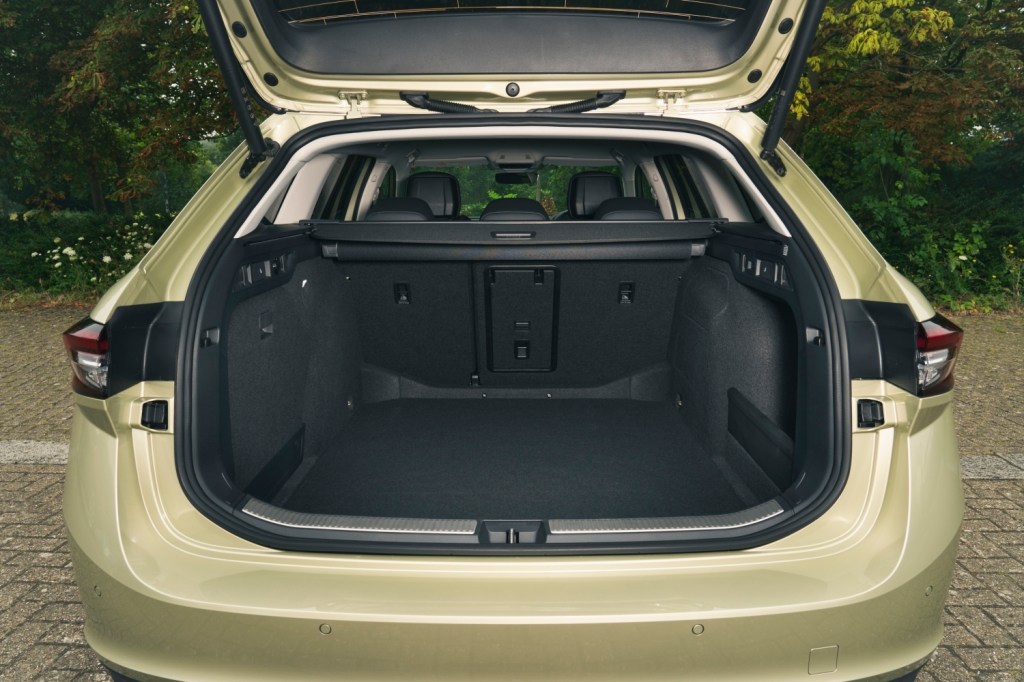
Poor Milan. Its drainage system really isn’t designed to deal with such a ferocious downpour and it was struggling to cope. Entire streets were submerged and it felt more like I was sailing the Superb out of the city, rather than driving it. At one point, I travelled along the Viale Giorgio Byron, which was under about four inches of water.
Impressively, the Skoda wasn’t struggling with the conditions, apart from its auto wipers varying between flapping furiously and then not quite wiping fast enough as the rain, somehow, intensified. In fact, it whirred its way out of the sodden city and steamed its way confidently up the autoroutes to the north of Milan, skipping past Lake Como to the foot of the Gotthard Pass almost entirely on electric power.
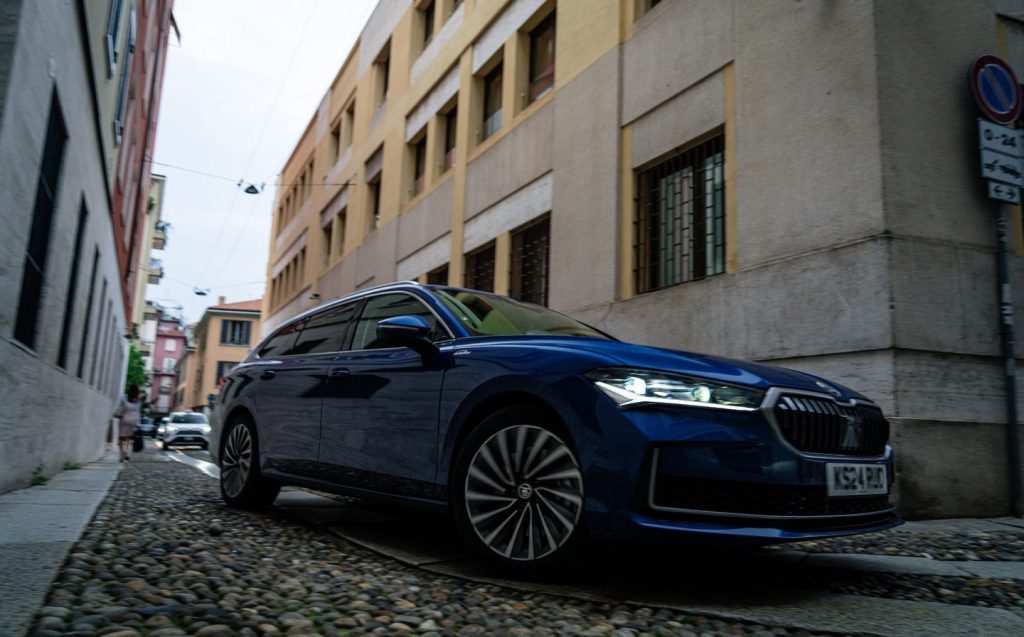
Thoroughly impressive real-world zero-emissions running were achieved, too, in even these worst of conditions and driving at either of the Italian motorway speeds: fast or prestissimo.
After crossing the border into Switzerland and making my way halfway up the Gotthard Pass, 11 miles from Milan, the Skoda was averaging 71mpg and had pretty much exhausted its battery power.
What followed was an epic stint up and down three of the most famous passes of the Alps — the remaining Gotthard, the Furka and the Grimsel.
The scenery along this section is truly majestic, even if the weather varies from light drizzle to outright fog and torrential precipitation. We ascended past the roaring torrents of both the Gotthardreuss and Furkareuss rivers, heading past bright-green lakes on the Grimsel, and spending some time sipping coffee at the café across the hairpin from the famous (and disused) Hotel Belvédère — a building which, at roughly 2,300 metres above sea level, is about 70 per cent higher than the top of Ben Nevis.
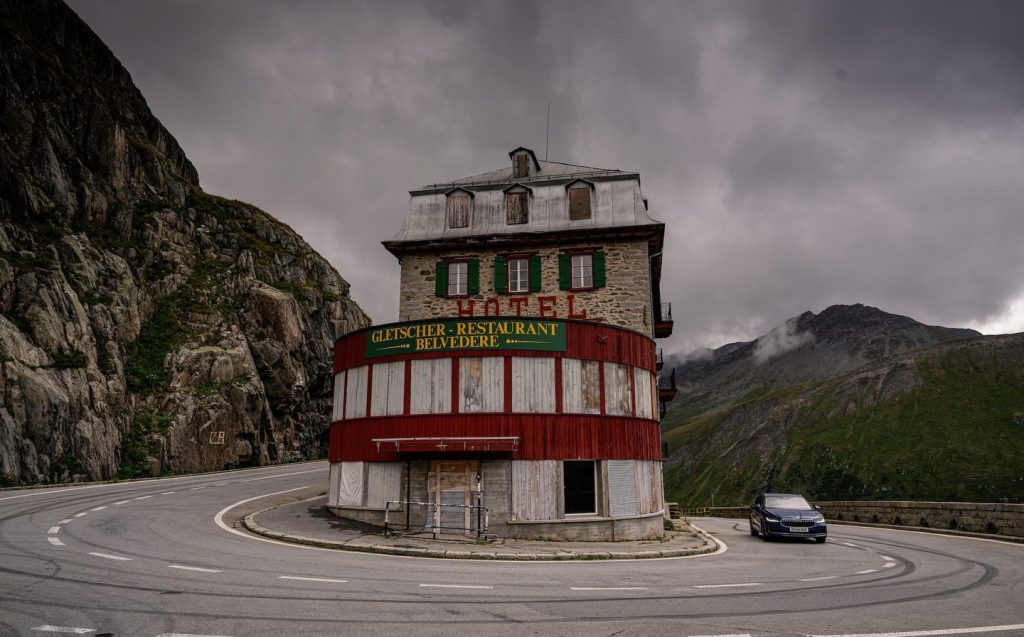
On these epic, ribbon-like roads, one of the Skoda Superb’s few potential weaknesses is revealed. At nearly five metres long, weighing 1,987kg and with a chassis set up for comfort over speed, the iV wagon is not particularly thrilling to drive. This is prime sports car territory.
But it’s hard to complain too much, as the Superb revealed it possesses decent steering, acceptable body control, lots of grip and good traction. Aside from a slightly noisy 1.5-litre engine beyond 4,000rpm, the driving manners of the Superb phev are… fine.
Impressively, on the long runs down from the tops of both the Furka and Grimsel Passes, the Superb iV’s effortless and unobtrusive regenerative braking managed to recoup more than ten per cent of the battery and provide another nine miles or so of electric range each time.
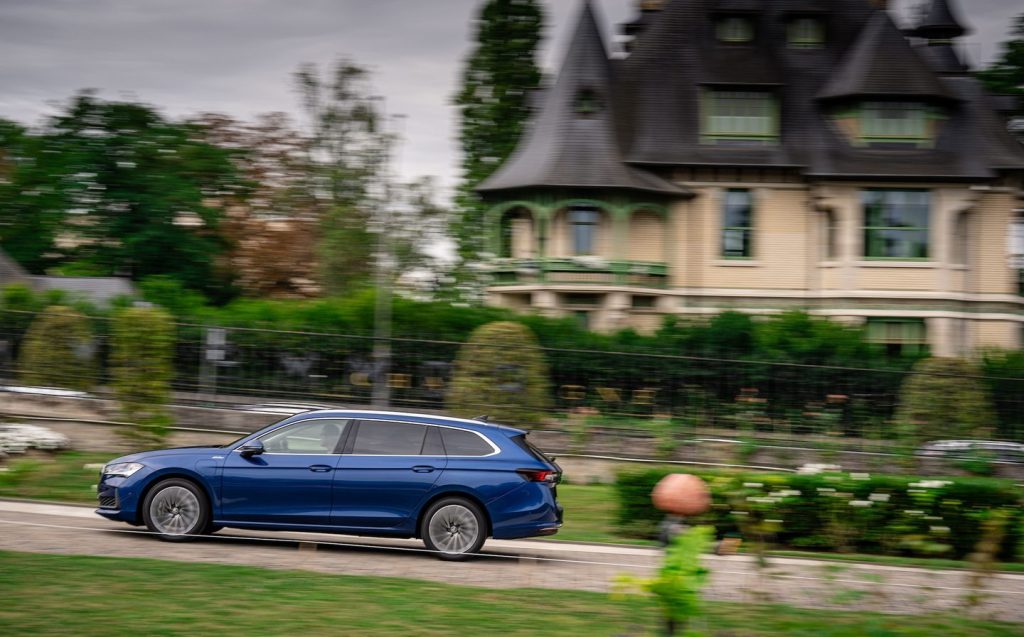
Yet, even when the iV’s battery is down to an indicated zero, the car’s management systems will let it run engine-off at motorway speeds briefly, so on the long, high-speed run past the Swiss city of Bern to our hotel at Lausanne, the Skoda managed to roll in having covered 278 miles from Milan in a little less than seven-and-a-half hours at an average (indicated) fuel economy of 60.1mpg.
That’s quite phenomenal, it has to be said, for a phev travelling that far at those speeds and including lots of mountain pass ascents — it was a true vindication for giving the Superb its larger battery pack.
Day two was nothing like as interesting behind the wheel but the long blast up the eastern side of France had a couple of highlights, including the Taittinger champagne house — something those on the classic grand tours would have been sampling when the drink was in its infancy — and the ghostly ruins of the Reims-Gueux racing circuit (a staple petrolhead stop off on any modern-day European tour), before our appointment with Le Chunnel at 7.18pm CET.
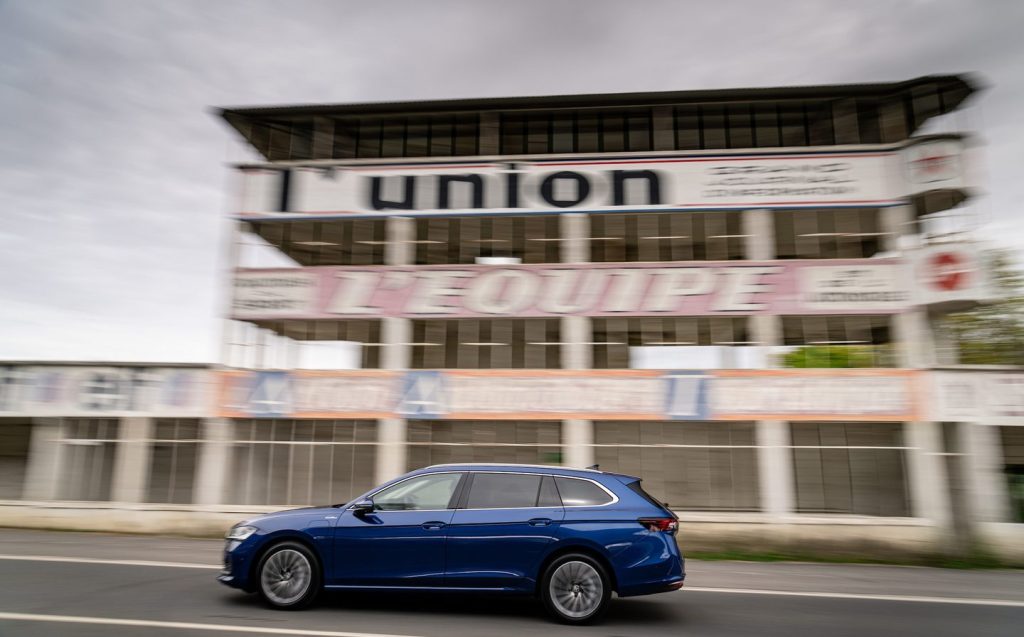
It proved to be the Skoda’s métier, however. Equipped with Dynamic Chassis Control (DCC) adjustable suspension, the Superb iV is nothing short of supreme across hundreds and hundreds of miles of French autoroute.
A 40-minute charge at the Lausanne hotel’s DC charger gave the Superb its full zero-emission range again, and it once more managed to do a real-world 60 miles or so on electric power across the more challenging roads of the Parc naturel régional du Haut-Jura, before resorting to its engine for the trek up the motorway.
Whereupon, the ride comfort, noise suppression, general mechanical refinement and comfort of its seats all made covering off mega-miles a complete non-event. After Reims-Gueux it had averaged another impressive 57.2mpg at an average speed of 62mph.
Our convoy ultimately made it to the channel train, 473 miles north of Lausanne, with plenty of time to spare.
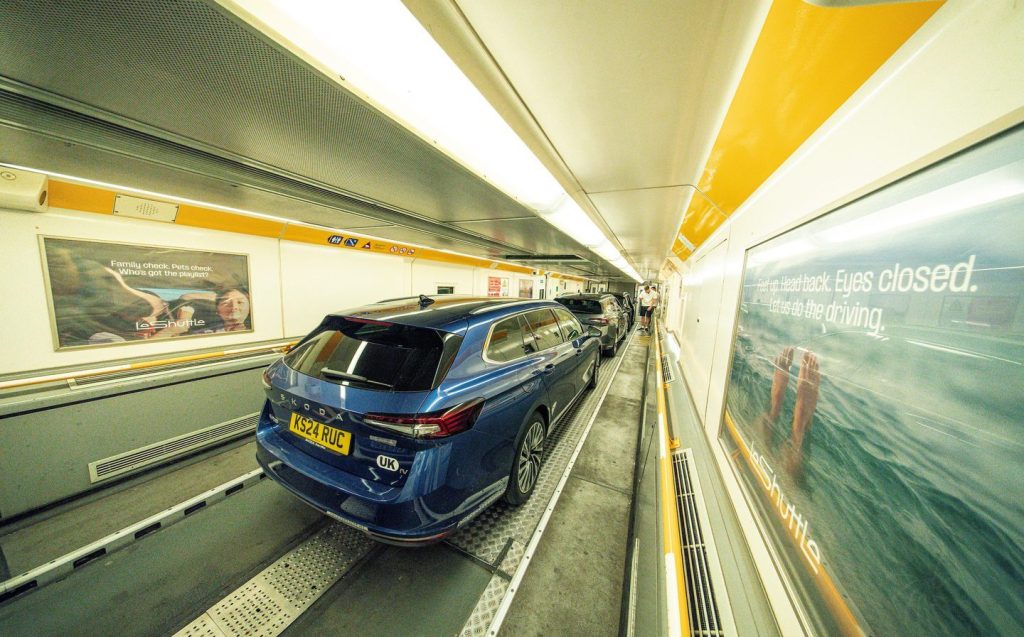
On the other side, I faced another 220 miles back to my native Nottinghamshire — not completing the trip at Byron’s pad in Ravenshead but my own rather more modest ancestral family home near Sherwood Forest.
Unsurprisingly, these miles back in the UK are by far the least pleasant of my grand tour. Authorities deemed it sensible to close both the M20 and the M2, so even getting out of Kent proved arduous. Two lorries on the M11 spent three miles flanking each other to block the road (when we encountered no such thing in about 600 miles’ worth of European motorways), and there were average speed limits with enforcement cameras everywhere. This section was sheer, frustrating drudgery.
Despite this, the Skoda proved so wonderfully comfortable that it took out the sting from the final leg, allowing me to discover two things: one, I live about 963 miles north of Milan by road; and two, the Skoda had averaged an 52.7mpg over that distance, despite only being charged twice over the near-thousand miles.
And not only had it proven that those old poets were clearly off their heads on laudanum to travel so far when transport was considerably more rudimentary than it is now, but also that the Superb iV is the undoubted star pick of the Skoda estate’s range. A diesel would have been excellent over such a great distance, that’s true, but a phev is more flexible in a multitude of circumstances.
The Superb iV has many strengths and precious few weaknesses; not even the integration of its digital instrument cluster screen, which seemed clunky at first glance, annoyed me, nor the Smart Dials (they’re brilliant, once you’re used to them).
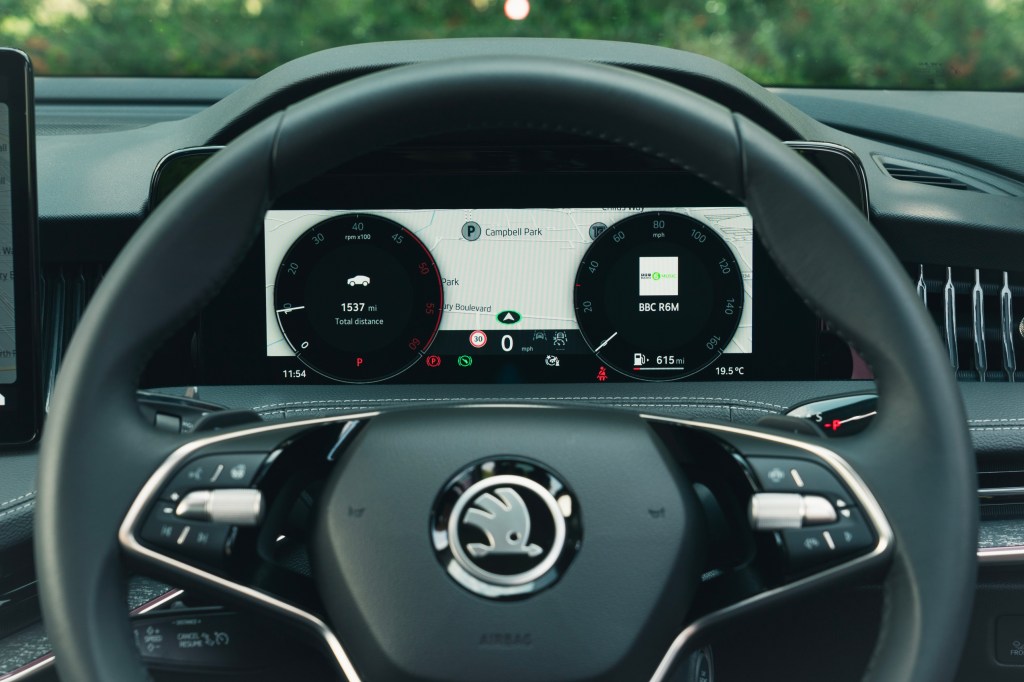
That’s saying nothing of the beneficial tax implications, either as a private or business user, that are brought about by an official 9g/km CO2 rating.
Am I moved enough to write some Byronic poetry about the Superb? Perhaps not, but hopefully this review conveys how heroic this car truly is. If you asked me to drive back to Milan across two days in it, I wouldn’t hesitate to do so — and nor could I think of any vehicle much better for such a trip. But it’ll also easily meet the needs of any UK user’s more realistic daily driving duties.
All of which makes the Skoda Superb iV one of the all-time great large estate cars. A very grand tourer indeed.
Related articles
- If you found this review of the new Skoda Superb interesting, you should read our review of the Skoda Enyaq Coupé iV vRS
- We’ve also tried out the Skoda Elroq EV for size
- Check out our review of the big 2024 Skoda Kodiaq, too
Latest articles
- Five best electric cars to buy in 2025
- Should I buy a diesel car in 2025?
- F1 2025 calendar and race reports: The new Formula One season as it happens
- Zeekr 7X AWD 2025 review: A fast, spacious and high tech premium SUV — but someone call the chassis chief
- Denza Z9GT 2025 review: Flawed but sleek 1,062bhp shooting brake from BYD’s luxury arm
- Extended test: 2024 Renault Scenic E-Tech review
- Best-selling cars 2025: The UK’s ten most popular models of the year so far
- Audi A6 Avant 2025 review: Trusty executive estate ticks expected boxes, and there’s still a diesel option
- Keir Starmer eases pressure on carmakers to sell EVs in response to ‘global economic headwinds’


